
Sending Mail in PHP using PHP MAILER 
Using PHP Mailer, sending mail in PHP is made easy and efficient. This tutorial provides a step-by-step guide to help users get started. ▼
ADVERTISEMENT
Course Feature
![]() Cost:
Cost:
Free
![]() Provider:
Provider:
Udemy
![]() Certificate:
Certificate:
Paid Certification
![]() Language:
Language:
English
![]() Start Date:
Start Date:
On-Demand
Course Overview
❗The content presented here is sourced directly from Udemy platform. For comprehensive course details, including enrollment information, simply click on the 'Go to class' link on our website.
Updated in [April 29th, 2023]
This course, Sending Mail in PHP using PHP MAILER, is designed to teach students how to develop a system from scratch that sends emails to users the right way. Students will learn how to use PHP, PHP Mailer, Ajax & Json, and Javascript to add custom Ajax Function Plugin, addition features for element scroll, sending mails using PHPMailer, and a clean email structure to avoid the Spam folder by 99% chances. The course is taught by senior web application developer and online instructor Peter Fredrick, and takes students in easy steps through the entire process.
[Applications]
After taking this course, students can apply the knowledge they have gained to create a system that sends emails to users in a secure and efficient manner. They can also use the custom Ajax function plugin, addition features for element scroll, and PHPMailer to create a clean email structure that will avoid the Spam folder. Furthermore, they can use the techniques taught by Peter Fredrick to develop a web application from scratch.
[Career Paths]
Career Paths:
1. Web Developer: Web developers create and maintain websites and web applications. They use a variety of programming languages, such as HTML, CSS, JavaScript, and PHP, to create websites and web applications that are both functional and aesthetically pleasing. With the increasing demand for web-based applications, web developers are in high demand and can expect to see job growth in the coming years.
2. Web Designer: Web designers create the look and feel of websites and web applications. They use a variety of tools, such as Adobe Photoshop and Illustrator, to create visually appealing designs that are both functional and aesthetically pleasing. Web designers are in high demand and can expect to see job growth in the coming years.
3. Database Administrator: Database administrators are responsible for managing and maintaining databases. They use a variety of tools, such as SQL, to create and maintain databases. Database administrators are in high demand and can expect to see job growth in the coming years.
4. Software Engineer: Software engineers are responsible for developing software applications. They use a variety of programming languages, such as Java, C++, and Python, to create software applications that are both functional and aesthetically pleasing. With the increasing demand for software applications, software engineers are in high demand and can expect to see job growth in the coming years.
[Education Paths]
Recommended Degree Paths:
1. Bachelor of Science in Computer Science: This degree path provides students with a comprehensive understanding of computer science fundamentals, including programming, software engineering, and computer architecture. It also covers topics such as artificial intelligence, machine learning, and data science. This degree path is ideal for those looking to pursue a career in software development, web development, or data science.
2. Master of Science in Computer Science: This degree path provides students with an advanced understanding of computer science topics, such as algorithms, data structures, and computer networks. It also covers topics such as artificial intelligence, machine learning, and data science. This degree path is ideal for those looking to pursue a career in software engineering, data science, or machine learning.
3. Bachelor of Science in Information Technology: This degree path provides students with a comprehensive understanding of information technology fundamentals, including programming, software engineering, and computer networks. It also covers topics such as database management, web development, and cybersecurity. This degree path is ideal for those looking to pursue a career in software development, web development, or cybersecurity.
4. Master of Science in Information Technology: This degree path provides students with an advanced understanding of information technology topics, such as database management, web development, and cybersecurity. It also covers topics such as artificial intelligence, machine learning, and data science. This degree path is ideal for those looking to pursue a career in software engineering, data science, or machine learning.
Developing Trends:
1. Cloud Computing: Cloud computing is becoming increasingly popular as businesses move away from traditional on-premise solutions and towards cloud-based solutions. This trend is expected to continue as businesses look to reduce costs and increase efficiency.
2. Artificial Intelligence: Artificial intelligence is becoming increasingly popular as businesses look to automate processes and increase efficiency. This trend is expected to continue as businesses look to leverage AI to improve customer experience and increase productivity.
3. Internet of Things: The Internet of Things (IoT) is becoming increasingly popular as businesses look to leverage connected devices to improve customer experience and increase efficiency. This trend is expected to continue as businesses look to leverage IoT to improve customer experience and increase productivity.
4. Cybersecurity: Cybersecurity is becoming increasingly important as businesses look to protect their data and systems from malicious actors. This trend is expected to continue as businesses look to protect their data and systems from cyber threats.
Pros & Cons

Nice

Great explanations

Shared source code

Wonderful opportunity

Interesting

Very helpful

Doesn't work on my end

Not exact expectation

Poor video quality

In English only
Course Provider

Provider Udemy's Stats at AZClass
Discussion and Reviews
0.0 (Based on 0 reviews)
Explore Similar Online Courses

Online Business Academy - Websites in WordPress

Learn Python 3 From Scratch Python for Absolute Beginners
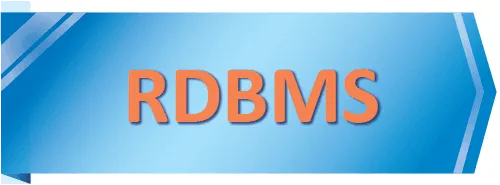
RDBMS PostgreSQL
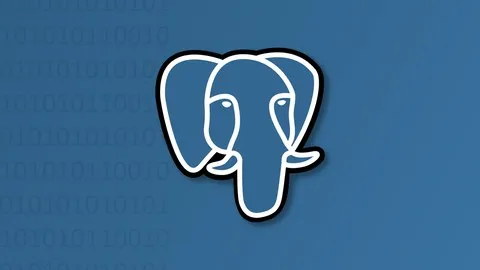
Intro To PostgreSQL Databases With PgAdmin For Beginners
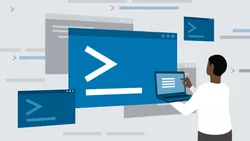
PostgreSQL: Client Applications

Mastering SQL using Postgresql

Database Design and Basic SQL in PostgreSQL
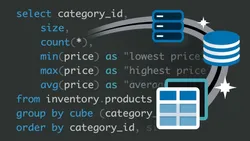
PostgreSQL: Advanced Queries

Spatial SQL with Postgres : A language for geographers

Learn SQL Using PostgreSQL: From Zero to Hero
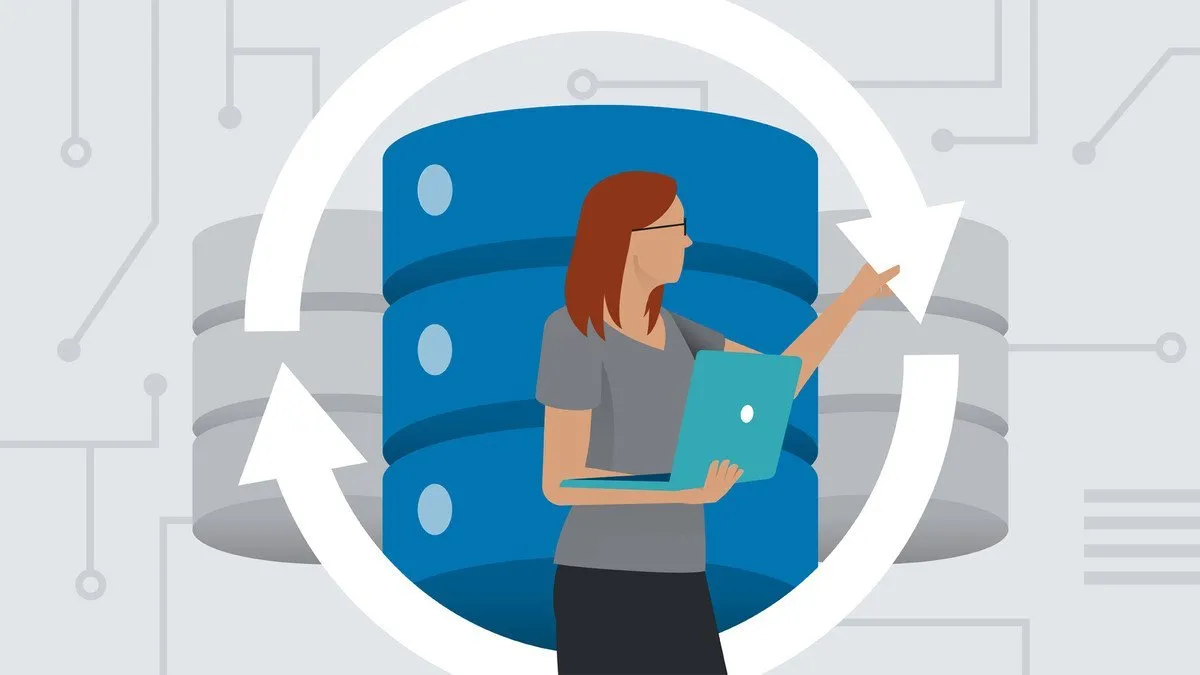
PostgreSQL Essential Training
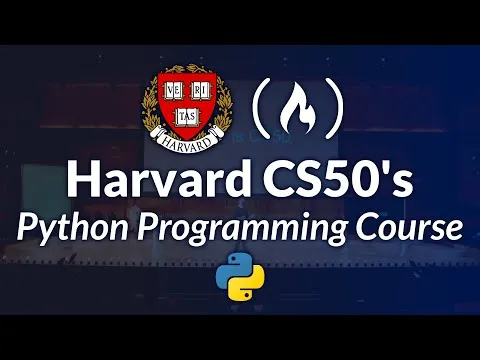

Start your review of Sending Mail in PHP using PHP MAILER